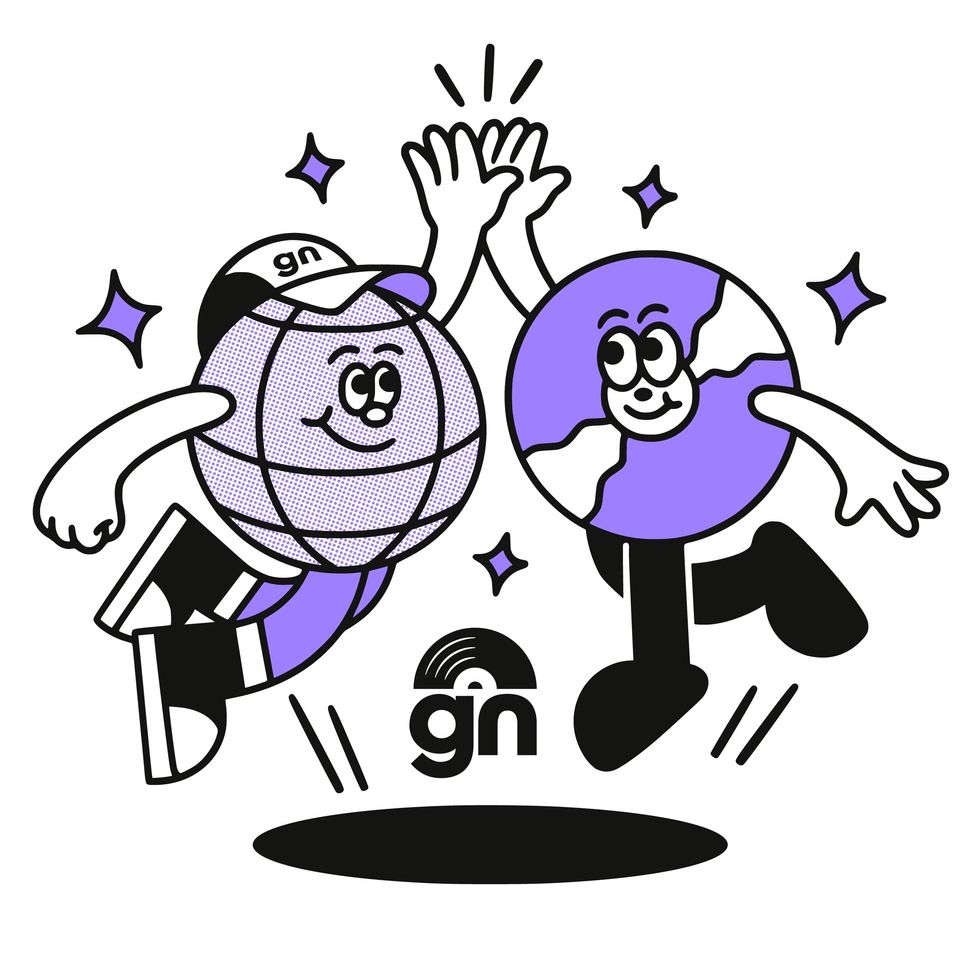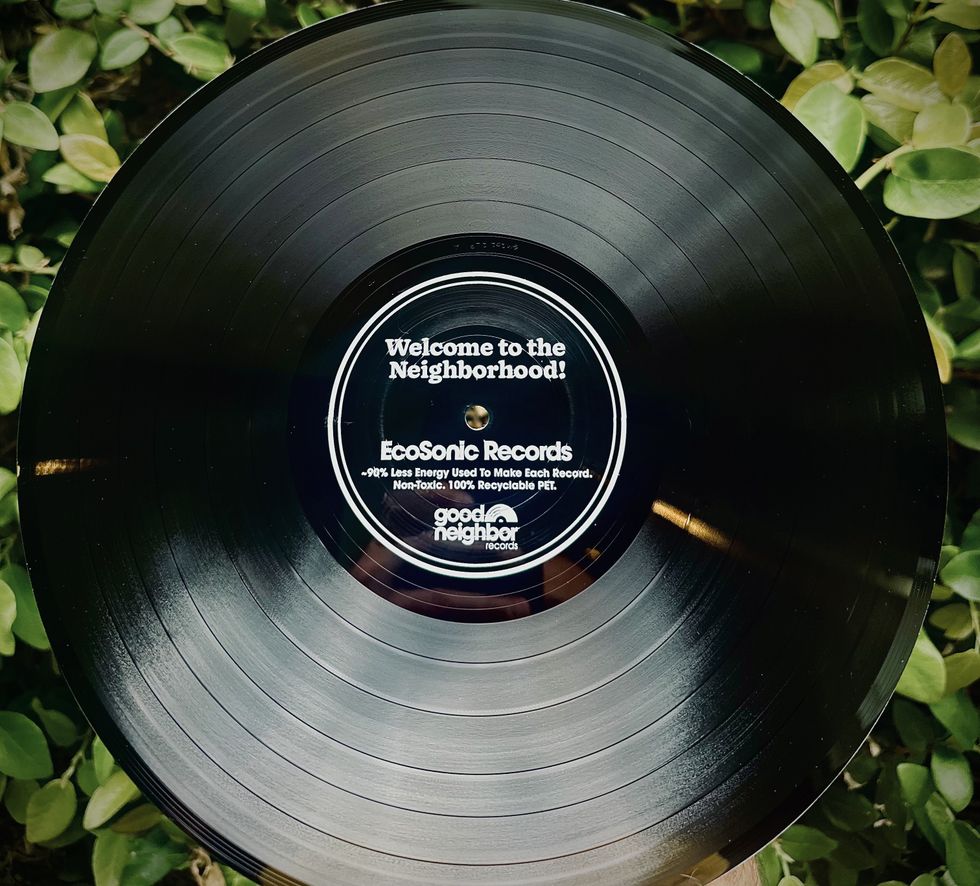This January, American gymnasts Simone Biles and Aly Raisman posed for the upcoming Sports Illustrated Swimsuit Issue. This comes just five months after the two led the U.S. to a dominant gold-medal performance in the Summer Olympics—an event which typically provides an increased focus on and platform for women’s sports.
For Americans, that focus generally (but not exclusively) includes women’s track, gymnastics, and the women’s national soccer team—the latter of which is currently battling sanctioning body U.S. Soccer for pay equal to what the less-successful men’s national team receives.
Meanwhile, Canadian tennis star Eugenie Bouchard recently reached the third round of the Australian Open. Two years ago, after a victory in the second round of that same tournament, Bouchard was asked to twirl for the crowd in her tennis skirt and talk about her outfit.
Bouchard, despite being caught off guard and left a bit bemused, was a good sport and played along—though the public’s reaction to the query was largely negative, with many accusations of sexism. Fast forward to this past offseason and Bouchard is making news by sharing photos of herself in a bikini on Instagram.
What’s wrong with these seemingly incongruent realities? Arguably, nothing. Athletes, regardless of gender, can choose to portray themselves however they like—and clearly this applies to all walks of life far removed from professional sports— but the double standard women are often held to can make participating in (and covering) women’s sports far more complicated than men’s.
And that coverage challenge even exists for those who aren’t just dropping in for big events like the Olympics or the World Cup.
Kim Donaldson is the co-founder and CEO of Excelle Sports, a website devoted to covering women’s sports. Launched in February of last year, the site aims to feature women’s sports not as women’s sports, but just sports—that happened to be played by women.
“It’s covering women’s sports as men’s sports are covered,” Donaldson tells GOOD. “We’re covering the good, the bad, and the ugly the same way men’s sports are covered. But we’re also taking people behind the scenes, we’re telling the stories of the athletes in the same way that they are told about male athletes.”
And sometimes, particularly with female athletes, that coverage entails a balancing act of keeping the focus on the field while acknowledging the “news” of it—especially when the latter is offered up by the athletes themselves.
“It’s a really tough issue and I think one that, frankly, even we’re going back and forth on,” says Donaldson, who launched the site with Cat Osborne. “People should be able to do what they want, and if a woman has worked hard to have a strong, beautiful, muscular body, why not show it off? Men certainly do. That being said, you have to respect yourself enough to have what you are known for be your performance, your integrity, your personality, hopefully.”
These questions carry added weight when one considers numbers around coverage. Forty percent of athletes in the United States are women, but women’s sports account for only four percent of media coverage. So how does one make the best of the latter in a nonpandering manner while aiming to grow that number?
Donaldson grew up competing in and watching sports. Among them were varsity track and squash in high school, and she went on to be part of Yale’s national championship-winning varsity squash team.
And while there were some prominent female athletes whom Donaldson respected, she found her idols on the men’s side.
“Look back at who we had to look up to as athletes, and there were very few women,” she says. “I think of who really influenced me most, and by and large (they were) men. My favorite athletes to look up to in the course of my life have been the Michael Jordans, the Wayne Gretzkys.”
More recently, the New York native—who previously had co-founded wine and craft beer enthusiast site Bottlenotes began exploring options for another project, eventually landing on one of her lifelong loves—sports.
In evaluating the competitive landscape, Donaldson was surprised to find a relative dearth of coverage devoted specifically to women’s sports.
[quote position="full" is_quote="true"]We’re covering the good, the bad, and the ugly the same way men’s sports are covered.[/quote]
“When I looked to see what women’s sports were covered in the media, there were almost none. And that really shocked me. I hadn’t even heard of ESPNW—which was amazing because every day I’m on Bleacher Report, I’m a huge Rangers fan, Knicks fan, Liberty fan,” says Donaldson, noting that her son also is a die-hard fan of New York’s WNBA team. “What they do cover—it’s basketball, it’s a little bit Ronda Rousey, Serena Williams—it has expanded, but I certainly knew from a lifetime of playing sports and watching that there were a many, many other sports out there that just weren’t getting coverage.”
It’s a causation loop. Women’s sports get increased air time around major events, such as the Olympics, World Cup, or major tennis tournaments. This also can happen around standout/record-setting performances (see UConn women’s basketball) and events involving major names like Rousey.
But outside of those and similar examples, women’s sports don’t hold a prominent place in media coverage. Critics will argue that there simply isn’t much interest outside of those spikes, meaning additional coverage isn’t justified. Therefore, there’s no increased exposure to women’s sports that could heighten interest. Still, it also could be argued that the increased focus proves the audience does exist and is only being properly served around those major events or storylines.
That is the premise on which Donaldson is proceeding.
“The landscape needs to be created for women’s sports,” she says. “People need to know that they can look for women’s sports news, that they can look for the stories, because right now they aren’t even bothering to look because it’s never been there.
“That’s the big difference—it’s only been there during the Olympics. So of course people say ‘People only care during the Olympics,’ because (coverage has) never existed at other times of the year except for a U.S. Open for tennis—and women’s World Cup has changed that for soccer, clearly.”
To that end, Excelle produces stories on “less-popular” women’s sports, aggregates results and rankings in one place, and is set to distribute its own women’s sports awards later this year. The site also plans to add more live streaming of “a range of women’s sports.”
Excelle Sports isn’t the only primarily U.S.-focused site dedicated to women’s sports. Smaller sites, such as womentalksports.com primarily bring together blog voices from across the web, while ESPNW has a mature editorial voice, a large social following, and does big traffic. And ESPN itself has a good deal of women’s sports programming around major sports and events. A study also showed that ESPNW’s photographic portrayal of female athletes is overwhelmingly weighted toward athleticism and competition rather than “sexual suggestiveness.”
That same study, however, suggested that the majority of pieces on the site—at least those with featured images—are dedicated to sports like basketball, soccer, tennis, and golf. This stands to reason from an audience perspective, but Donaldson believes vast opportunity exists for more content and exposure.
“It’s still awfully hard to find women’s sports on television or even live streaming, but I think that it is definitely changing and we will be a big part of that,” she says. “(We must) let people know where they can find them and what they should be looking for.
“That will change people’s view of whether or not people care about women’s sports.”
Harvard rower Naomi Lang was tired of the sexualization of female athletes in the media, so she started a project focusing on the women as athletes. Part of that effort is Female Athletes of Boston, which posted on Instagram this telling photo and quote of NASCAR driver Danica Patrick:
To be fair, Patrick has done plenty of provocative posing over the course of her career, including her own appearances in SI’s Swimsuit Issue, illustrating that female athletes—whether by choice or by sense of obligation—play both sides of the coin.
“There’s no question that there are female athletes who take advantage of that and see it as a necessary part of becoming famous,” says Donaldson, not speaking of Patrick, but, instead, of the dilemma in general. “I think that’s a shame. The goal will always be for (coverage) to be based solely on their performance and—I’d like to think—their intelligence.”
But Donaldson also acknowledges that some female athletes view it as an opportunity—or even a necessity—in a climate where a relative few are able to make good money being a professional athlete, at least as it compared to men.
Or sometimes embracing (or allowing) a sexualized image can turn a good athlete into a star (see Kournikova, Anna—who probably never got enough credit for actually being a solid tennis player) and a star into a transcendent athlete (see Sharapova, Maria).
“There’s a reason Maria Sharapova has the highest amount of money from brand sponsorship, even over Serena (Williams), who has a much more impressive record,” Donaldson says. “There’s no question that biases (are) based on looks.”
It doesn’t only happen on the women’s side of sport, however (see Beckham, David).
“It can’t go both ways. It can’t be ok to be happy to see male athletes without their shirts and then claim exploitation of women when showing a woman in a bikini. If we want to be equal, we have to recognize both sides.”
In regard to Eugenie Bouchard’s twirl at the Australian Open, Serena Williams—who earlier in that tournament also had been asked to spin—pointed out that top men’s players Rafael Nadal and Roger Federer weren’t getting those types of requests. “Whether it’s sexist or not, I don’t know,” Williams said.
“It’s part of our culture,” Donaldson says. “Women are valued more for their looks than their brains, unfortunately. I’d like to think that’s changed for the better in the last 100 years, and it has. But it’s a broader cultural problem.”
There are various methods used in trying to determine levels of fame or popularity achieved by public figures, including athletes. ESPN The Magazine used earnings, social media popularity, and Google search results in its methodology last year to determine a list of the 100 most famous athletes in the world.
Sharapova is the only female in the top 20 (Cristiano Ronaldo is No. 1) and one of just eight in the top 100. Ronda Rousey (No. 23), Serena Williams (No. 25), Sania Mirza (No. 41), Alex Morgan (No. 55), Danica Patrick (No. 63), Venus Williams (No. 74), and Lydia Ko (No. 81) are the others.
That list was international. For The Win’s very subjective top 25 most recognizable athletes “in America”—which actually was inspired by a piece naming Bouchard as the world’s most marketable athlete—listed Patrick and the Williams sisters, but no others.
Clearly there are countless high-level female athletes performing today. It’s just that, compared to men, nobody knows about them. This harkens back to the landscape Donaldson speaks of. She argues that corporations, sponsors, and media companies typically don’t view women’s sports as an avenue to a quick or significant return on investment, which perpetuates the relative lack of women’s sports coverage.
[quote position="full" is_quote="true"]It can’t be ok to be happy to see male athletes without their shirts and then claim exploitation of women when showing a woman in a bikini.[/quote]
Donaldson believes Excelle can help to show that there is a quick return on investment opportunity for potential investors, but it’s also about the long game. Stars draw audiences and push narratives. They also inspire kids—and providing those youngsters with role models is critical. And not necessarily easy.
“Creating stars ... you can’t just package a star for people and put her out there. It takes time, it takes getting to know the athletes,” Donaldson says. “It will take a few years before athletes outside of the Serena Williams or Alex Morgan or Carli Lloyd, before they’re household names. But I think we can get there.”
In terms of its own popularity, the site is starting to get there. According to Donaldson, Excelle has grown from 65,000 unique users a little after launch to well over 100,000—and spiked to more than 250,000 around the Olympics. Half of the site’s users are male, and Excelle also has had readers in 192 countries.
“We’re thinking of getting Dennis Rodman to go talk us up in North Korea,” she laughs. “That’s one of the (countries) we’re missing.”
All joking aside, the stake in the ground is clear.
“You know what Steph Curry eats for breakfast, lunch, and dinner, you know the major male athletes—who they are, where they went to college—and it’s very hard to say much about more than a few female athletes.
“To create (more of) those idols and have girls be able to grow up with athletes they respect and know and learn from is a huge part of our mission, but that takes time. We have to tell their stories. We have to get them out there so girls can find them.”

















 Big Brain GIF by Jay Sprogell
Big Brain GIF by Jay Sprogell
 Good Neighbor record.Photo credit: Good Neighbor
Good Neighbor record.Photo credit: Good Neighbor Photo credit: Good Neighbor
Photo credit: Good Neighbor Good Neighbor Records are green.Photo credit: Good Neighbor
Good Neighbor Records are green.Photo credit: Good Neighbor


